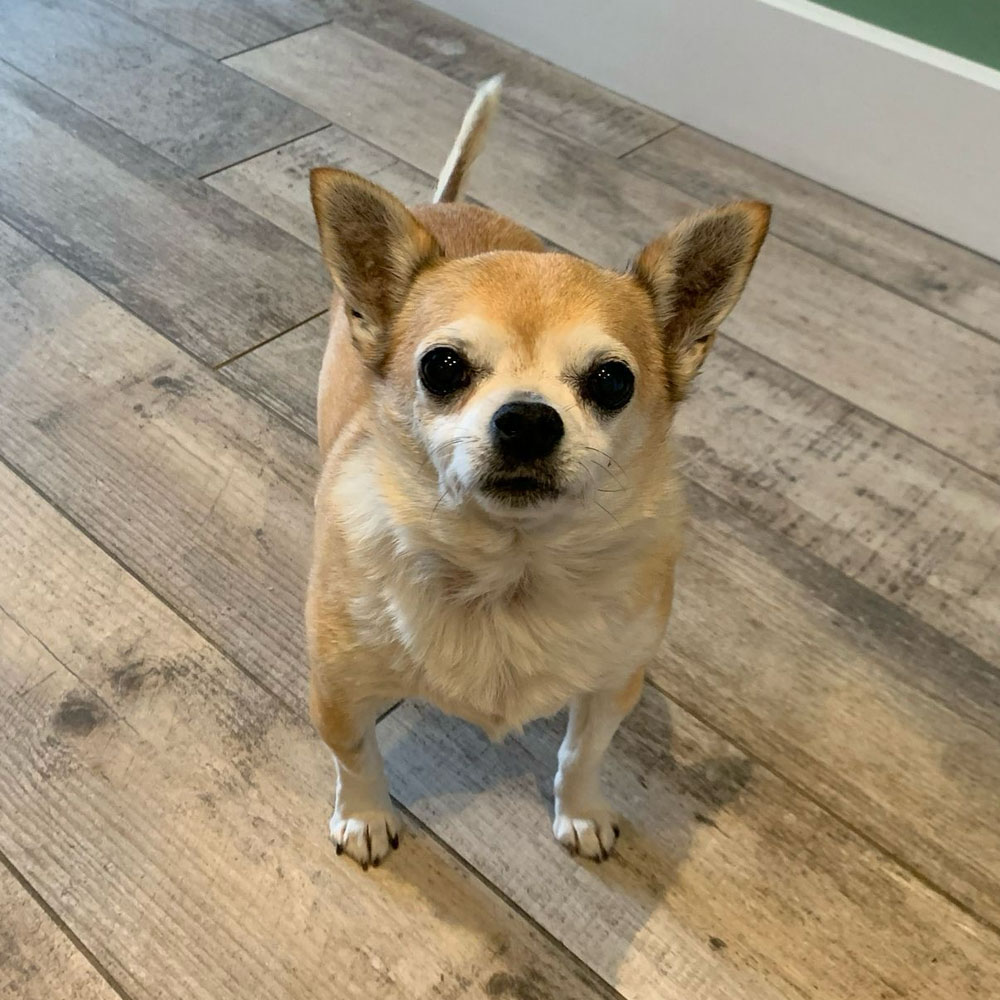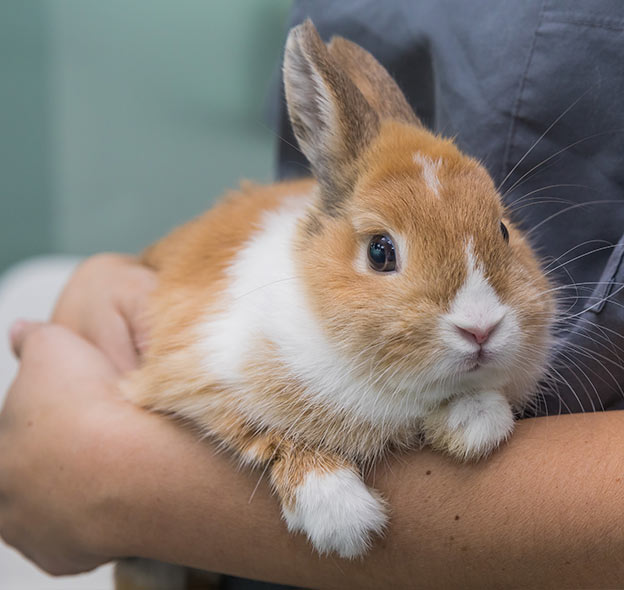What Those Tail Wags and Purrs Really Mean
Our pets are always talking to us – just not in words. A wagging tail, a gentle purr, a rabbit’s joyful jump, or a guinea pig’s chatter: these are all part of their unique love language. The trick is learning how to listen.
At All Pets, our Fear Free philosophy is rooted in tuning into these signals so we can make care calmer, safer, and more effective. The more we learn to understand our pets’ love language at home, the stronger our bond becomes – and the quicker we can spot when something isn’t quite right.
Dogs: Loyalty in Every Tail Wag
A dog’s love language is loyalty – often shown in their tails, their eyes, and even the way they lean against you. Most of us assume a wagging tail means happiness, but it’s more nuanced than that:
- A relaxed, sweeping wag usually means friendliness and contentment.
- A stiff, high wag can indicate alertness or stress.
- A tucked tail or low wag often shows fear or nervousness.
Dogs also communicate through subtler cues. Lip licking, yawning (when they’re not tired), or lifting a paw can all be signs of uncertainty. Looking at the whole body, not just one signal, is key to understanding their emotional state.


Cats: Trust in a Slow Blink
Cats express their love language through trust. Purrs, head bumps, and slow blinks all invite you into their world.
- A slow blink is the ultimate feline compliment – it says, “I trust you.”
- An upright tail signals confidence and greeting.
- A swishing or lashing tail is a sign to give them space.
- Kneading with paws stems from kittenhood – it means comfort and security.
Even purring isn’t always straightforward; cats may also purr when stressed or in pain as a form of self-soothing. Paying attention to the context helps you know whether your cat is content or needs support.
Small Pets: Joy in the Little Things
Rabbits, guinea pigs, birds, and reptiles all have their own ways of showing affection – their love languages may be quieter, but they’re just as meaningful.
- Rabbits “binky” (jumping and twisting mid-air) when they’re happy. Soft tooth grinding means contentment, while loud grinding can mean pain.
- Guinea pigs “popcorn” when excited, but teeth chattering is a warning they’re annoyed.
- Budgies sing, chatter, and bob their heads when they’re content. Relaxed, puffed-up feathers are a good sign – unless it’s constant, which could mean illness.
- Tortoises and reptiles may seem less expressive, but shifts in posture, appetite, or activity are clear signals of stress or discomfort.
Spending time observing these little cues helps you learn your pet’s normal – and spot when something isn’t.

Why It Matters
Understanding your pet’s love language isn’t just curiosity – it’s part of proactive healthcare. Subtle changes in behaviour are often the first signs of illness, pain, or stress. Spotting these early makes a big difference to outcomes.
It also builds trust. When pets learn that you “listen” to their signals, they feel safer and more secure. That makes everything – from daily life to vet visits – calmer and more positive.
At All Pets, we see this every day. Our longer consultations, Fear Free handling, and even home visits give us the time and space to listen to what animals are telling us. It’s not about rushing; it’s about caring for the whole animal – body and mind.